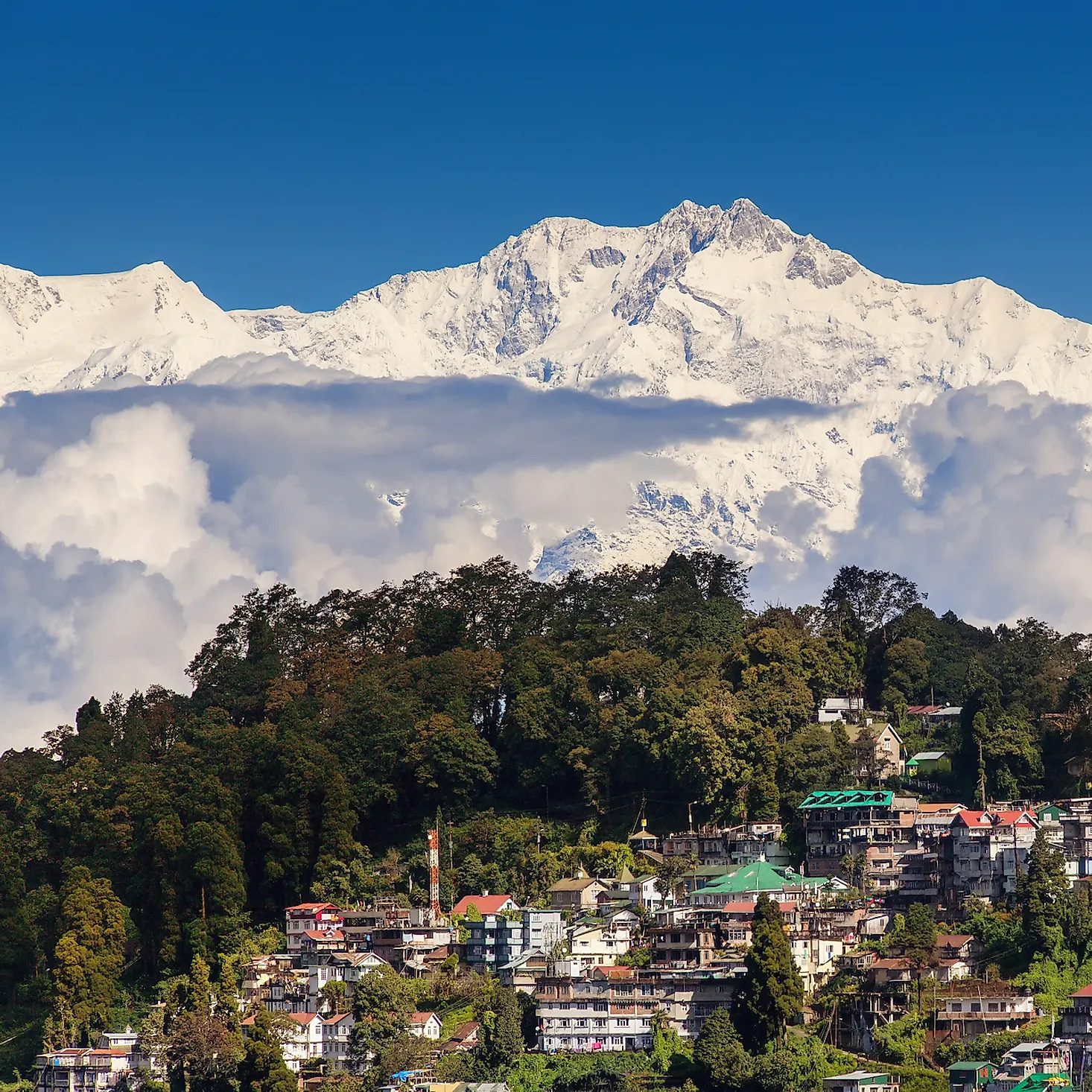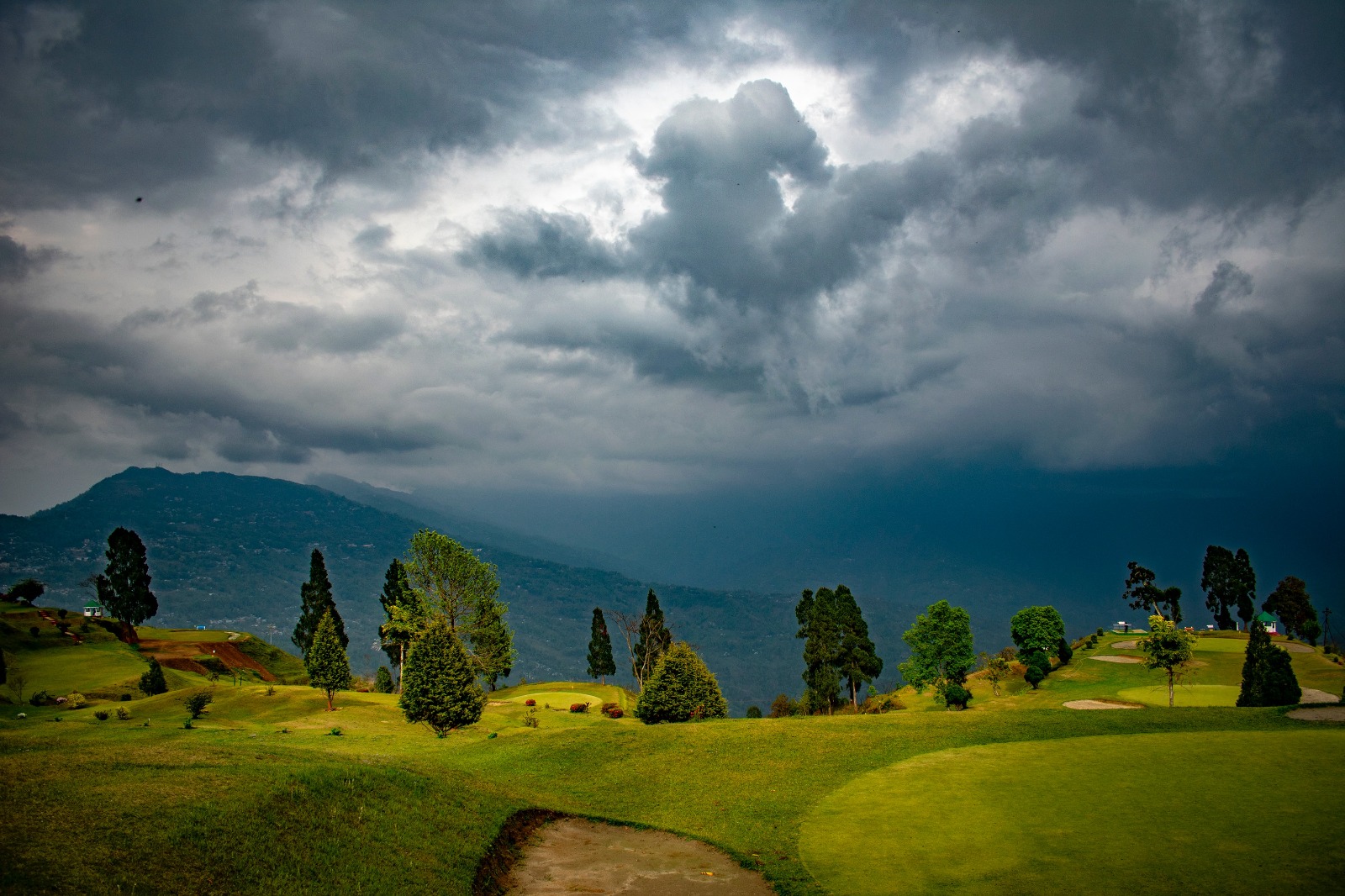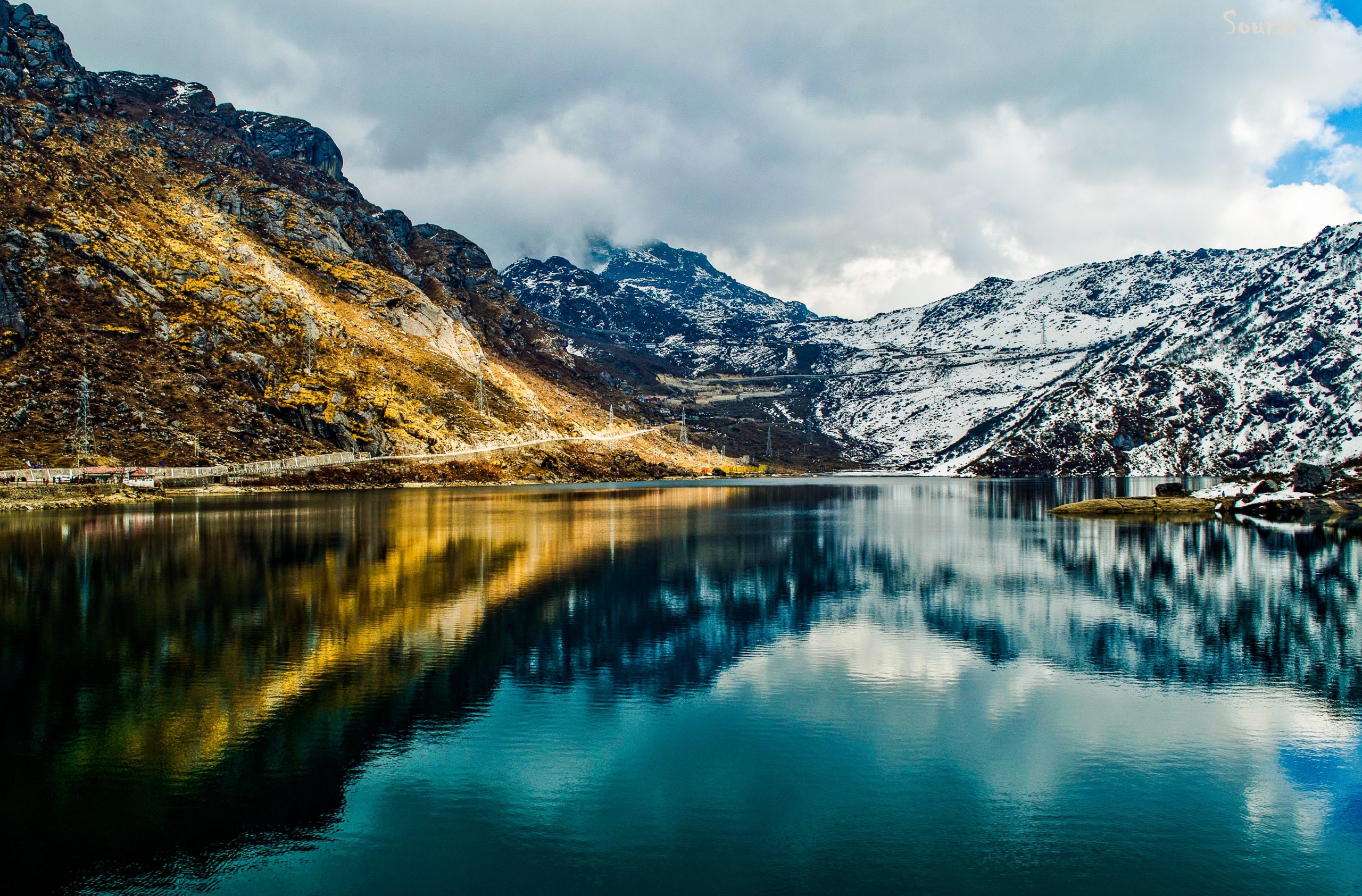Overview
Nestled at the foothills of the Eastern Himalayas in North-East India, the Dooars region unfolds as a mesmerizing expanse of lush landscapes, dense forests, and a rich tapestry of biodiversity. Stretching across the districts of Jalpaiguri and Alipurduar in West Bengal, Dooars is a nature lover's paradise that beckons with its untamed beauty and unique blend of ecosystems.
Geographical Marvel
The term "Dooars" translates to "doors" or "gateways," and indeed, this region serves as the gateway to the northeastern states and Bhutan. Bounded by the Sikkim Hills to the north and the Brahmaputra basin to the south, Dooars is characterized by its strategic location and diverse topography.Tea Gardens and Plantations
Dooars is renowned for its extensive tea gardens that carpet the landscape with a vibrant green hue. The tea plantations, stretching across undulating hills and valleys, contribute not only to the region's economy but also add to its visual allure. Visitors can witness the meticulous process of tea cultivation and indulge in the aromatic delight of freshly brewed Dooars tea.Diverse Flora and Fauna
The dense forests of Dooars harbor an incredible diversity of flora and fauna. Rich in both deciduous and evergreen vegetation, the region is home to a plethora of plant species, providing a habitat for an equally varied range of wildlife. Elephants, Indian rhinoceros, tigers, leopards, and various species of deer inhabit these forests, making Dooars a wildlife haven.Rivers and Waterbodies
Dooars is crisscrossed by numerous rivers and waterbodies that enhance its scenic beauty. The Teesta, Murti, and Jaldhaka rivers meander through the region, creating picturesque landscapes. These waterbodies not only contribute to the natural beauty but also serve as lifelines for the flora and fauna, creating thriving ecosystems.Biodiversity Hotspot
Dooars is recognized as a biodiversity hotspot, given its remarkable concentration of diverse species. The region's forests are teeming with avian life, including vibrant bird species like hornbills, pheasants, and eagles. This biodiversity adds to the ecological significance of Dooars and underscores the need for conservation efforts.Ethnic Diversity
Beyond its natural beauty, Dooars is home to a mosaic of ethnic communities, each contributing to the cultural tapestry of the region. The diverse population includes indigenous tribes and communities with their unique traditions, languages, and festivals. Visitors have the opportunity to engage with the local culture, gaining insights into the rich heritage of Dooars.Adventure and Eco-tourism
For adventure enthusiasts, Dooars offers a plethora of activities, from nature walks and bird watching to jungle safaris and river rafting. The region's diverse terrain caters to both leisurely explorations and more adrenaline-pumping adventures, making it an ideal destination for eco-tourism.Weather and Climate
Dooars enjoys a temperate climate, characterized by moderate temperatures throughout the year. The climate adds to the allure of the region, providing a comfortable and inviting environment for visitors. The lush greenery and the occasional mist add a touch of mystique to the landscapes.Conservation Initiatives
Given its ecological significance, Dooars places a strong emphasis on conservation initiatives. Efforts are made to preserve the region's wildlife, protect its natural habitats, and promote sustainable tourism practices. Conservation organizations and wildlife sanctuaries contribute to the overall well-being of Dooars' ecosystems.In conclusion, Dooars unfolds as a haven where nature reveals its splendor in every leaf, river bend, and the call of the wild. Beyond its picturesque landscapes, the region's commitment to conservation and the coexistence of diverse communities make Dooars a destination that invites visitors to reconnect with the untamed beauty of the Eastern Himalayas.




